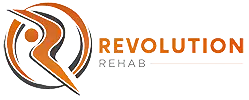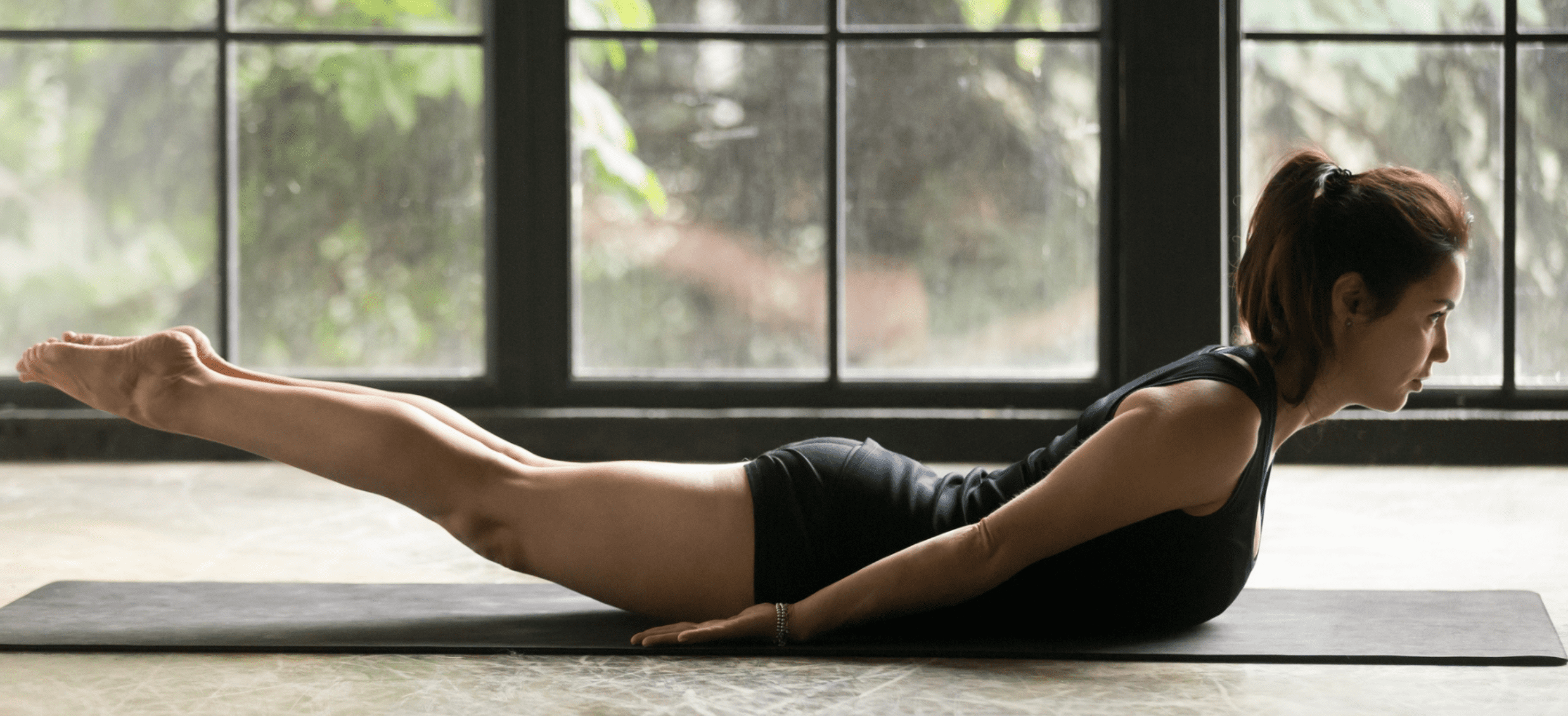The prone cobra exercise is a foundational back strengthening movement performed lying face down, lifting your chest and arms off the ground while engaging your posterior chain muscles. This exercise primarily targets the erector spinae, rhomboids, middle trapezius, and posterior deltoids to improve posture, strengthen the back extensors, and counteract the effects of prolonged sitting. When performed correctly, the prone cobra helps alleviate back pain, enhances spinal stability, and builds the muscular endurance needed for optimal posture throughout daily activities.
What Is the Prone Cobra Exercise?
The prone cobra exercise gets its name from the cobra snake’s characteristic pose – lifting the head and chest while the lower body remains grounded. This simple yet effective movement has become a cornerstone exercise in physical therapy, fitness programs, and corrective exercise routines worldwide.
The Science Behind the Movement
When you perform the prone cobra, you’re actively working against gravity to lift your torso, which creates a powerful strengthening stimulus for your posterior chain muscles. These muscles are often weak and underactive in people who spend significant time sitting or hunched over devices.
The exercise specifically targets the thoracic spine (mid-back) extensors, which are crucial for maintaining proper posture and preventing the forward head posture and rounded shoulders that plague many modern individuals. By strengthening these muscles, you create a natural counterbalance to the forward pulling forces that contribute to poor posture and back pain.
9 Powerful Benefits of the Prone Cobra Exercise
- Improved Posture The prone cobra directly strengthens the muscles responsible for pulling your shoulders back and lifting your chest. Regular practice helps counteract the rounded shoulder posture common in desk workers and device users.
- Enhanced Spinal Stability This exercise builds strength in the deep spinal muscles that provide stability to your vertebrae. Stronger spinal stabilizers reduce injury risk and improve overall back health.
- Reduced Upper Back Pain Many people experience upper back pain from weak posterior muscles and tight anterior muscles. The prone cobra addresses this imbalance by strengthening the often-neglected back extensors.
- Better Thoracic Spine Mobility Regular prone cobra practice helps maintain and improve extension mobility in your thoracic spine, which is essential for overhead movements and general upper body function.
- Stronger Posterior Deltoids The rear portion of your shoulder muscles gets activated during the prone cobra, helping balance out the stronger front deltoids and improving shoulder health.
- Enhanced Athletic Performance Athletes benefit from the improved posture and back strength that comes from consistent prone cobra training. Better posture translates to more efficient movement patterns in sports.
- Increased Muscular Endurance The prone cobra builds endurance in your postural muscles, helping you maintain good posture for longer periods throughout your day.
- Core Activation While primarily a back exercise, the prone cobra also engages your deep core muscles to maintain proper spinal alignment during the movement.
- Injury Prevention Stronger back extensors and improved posture significantly reduce your risk of developing common back injuries and postural dysfunction syndromes.
Perfect Prone Cobra Form: Step-by-Step Guide
Starting Position Setup
Lie face down on a mat or comfortable surface with your legs extended straight behind you. Position your arms by your sides with palms facing down, or place your hands behind your head depending on the variation you’re performing.
The Movement Execution
Step 1: Engage Your Core Before lifting, gently engage your abdominal muscles to protect your lower back. Think about drawing your belly button slightly toward your spine.
Step 2: Initiate the Lift Slowly lift your chest and head off the ground by contracting your back muscles. Focus on lifting from your upper back rather than pushing with your hands.
Step 3: Squeeze Your Shoulder Blades As you lift, actively squeeze your shoulder blades together and down. This action engages the rhomboids and middle trapezius muscles.
Step 4: Hold the Position Maintain the lifted position for 2-5 seconds, focusing on feeling the work in your upper back muscles rather than straining your neck.
Step 5: Lower with Control Slowly lower back to the starting position with the same control you used to lift up. This eccentric portion of the movement provides additional strengthening benefits.
5 Common Prone Cobra Mistakes and How to Fix Them
- Lifting Too High Too Fast Many beginners try to lift their chest as high as possible, often leading to neck strain and poor form. Start with small movements and gradually increase range of motion as your strength improves.
- Using Arms to Push Up The prone cobra should be powered by your back muscles, not your arms. Avoid pushing with your hands or using your arms to assist the movement.
- Neglecting the Lower Phase The lowering portion of the exercise is just as important as the lifting phase. Control your descent to maximize strength gains and prevent injury.
- Holding Your Breath Maintain steady breathing throughout the exercise. Holding your breath increases internal pressure and can cause unnecessary strain.
- Ignoring Neck Position Keep your neck in a neutral position aligned with your spine. Avoid cranking your head back or letting it drop forward during the movement.
Prone Cobra Variations for All Fitness Levels
Beginner Variations
Basic Prone Cobra Start with hands at your sides and lift only as high as comfortable. Hold for 2-3 seconds and focus on perfect form over range of motion.
Supported Prone Cobra Place a small pillow under your chest for support if you experience any discomfort. This modification reduces the range of motion while still providing strengthening benefits.
Partial Range Prone Cobra Lift only your head and upper chest off the ground. This smaller movement is perfect for those new to the exercise or recovering from back injury.
Intermediate Variations
Hands Behind Head Cobra Place your hands behind your head with fingers interlaced. This position adds resistance and challenges your back muscles more than the basic version.
Arms Extended Cobra Extend your arms overhead in a “Y” position while performing the cobra. This variation increases the challenge and engages more shoulder stabilizer muscles.
Single Arm Cobra Lift one arm at a time during the cobra position. This unilateral variation challenges stability and addresses muscle imbalances between sides.
Advanced Variations
Prone Cobra with Resistance Hold light weights in your hands or wear a weighted vest to increase the difficulty. Start with very light resistance and progress gradually.
Dynamic Prone Cobra Perform the movement with a faster tempo, focusing on controlled but quicker transitions between lifting and lowering phases.
Prone Cobra to Superman Combine the prone cobra with superman by lifting your legs simultaneously with your chest. This full-body variation challenges your entire posterior chain.
Programming the Prone Cobra Exercise
Frequency and Volume Recommendations
Beginners: Start with 2-3 sets of 8-12 repetitions, 3 times per week. Focus on learning proper form and building basic strength before progressing.
Intermediate: Progress to 3-4 sets of 12-20 repetitions, 4-5 times per week. You can also incorporate different variations to prevent adaptation and maintain progress.
Advanced: Perform 3-5 sets of 15-25 repetitions daily, or incorporate challenging variations and resistance to continue progressing.
Progression Strategies
Week 1-2: Master basic form with bodyweight only Week 3-4: Increase hold time to 3-5 seconds per repetition Week 5-6: Add more challenging arm positions Week 7-8: Introduce light resistance or advanced variations Week 9+: Focus on endurance with higher repetitions or incorporate into circuit training
Prone Cobra for Specific Conditions
Postural Dysfunction
Office workers and students who spend long hours hunched over desks benefit tremendously from prone cobra exercises. The movement directly counteracts the forward head and rounded shoulder posture that develops from prolonged sitting.
Upper Crossed Syndrome
This common condition involves tight chest and neck muscles combined with weak upper back muscles. The prone cobra specifically strengthens the weak posterior muscles that are part of this dysfunction pattern.
Thoracic Kyphosis
Excessive rounding of the upper back (thoracic kyphosis) responds well to prone cobra exercises when performed consistently. The movement helps restore normal spinal curves and muscle balance.
7 Ways to Maximize Your Prone Cobra Results
- Focus on Mind-Muscle Connection Concentrate on feeling the work in your upper back muscles rather than just going through the motions. This mental focus enhances muscle activation and results.
- Maintain Consistent Breathing Breathe normally throughout the exercise. Exhale during the lifting phase and inhale during the lowering phase to maintain proper oxygen flow.
- Progress Gradually Increase difficulty slowly by adding repetitions, hold time, or variations rather than making dramatic jumps in intensity.
- Combine with Stretching Pair prone cobra strengthening with chest and anterior shoulder stretches to address muscle imbalances comprehensively.
- Practice Daily Even a few minutes of prone cobra exercises daily can provide significant postural benefits over time. Consistency trumps intensity for postural correction.
- Use Proper Surface Perform the exercise on a comfortable but firm surface. A yoga mat provides ideal cushioning without being too soft.
- Track Your Progress Keep a log of repetitions, hold times, and variations to monitor improvement and maintain motivation.
Integrating Prone Cobra into Your Routine
As Part of a Morning Routine
Starting your day with prone cobra exercises helps activate your postural muscles and set you up for better posture throughout the day. Spend 5-10 minutes performing various prone cobra variations each morning.
During Work Breaks
Office workers can benefit from performing prone cobra exercises during breaks to counteract prolonged sitting. Even 2-3 minutes every hour can make a significant difference in postural health.
Pre-Workout Activation
Use prone cobra exercises as part of your warm-up routine to activate your posterior chain muscles before more intense training. This preparation helps prevent injury and improves performance.
Post-Workout Recovery
Include prone cobra holds in your cool-down routine to promote recovery and maintain the postural benefits of your training session.
Prone Cobra Myths Debunked
Myth: “More Range of Motion Is Always Better”
Truth: Quality of movement matters more than quantity. A smaller, controlled movement with perfect form provides better benefits than excessive range of motion with poor technique.
Myth: “You Should Feel It in Your Lower Back”
Truth: The prone cobra should primarily target your upper and middle back muscles. If you feel excessive strain in your lower back, you may be lifting too high or using poor form.
Myth: “It’s Only for People with Back Problems”
Truth: The prone cobra is beneficial for everyone, especially those looking to improve posture, prevent back problems, or enhance athletic performance.
Myth: “Daily Performance Will Lead to Overtraining”
Truth: The prone cobra uses relatively light loads and can be performed daily without risk of overtraining, especially when focusing on postural endurance rather than maximum strength.
Troubleshooting Common Issues
Neck Discomfort
If you experience neck discomfort, you may be lifting your head too high or extending your neck excessively. Focus on maintaining neutral neck alignment and lifting primarily from your upper back.
Lower Back Pressure
Excessive lower back pressure usually indicates you’re lifting too high or not engaging your core properly. Reduce your range of motion and focus on gentle core activation before lifting.
Lack of Muscle Activation
If you don’t feel the exercise in your upper back, try squeezing your shoulder blades together more actively and focusing on the mind-muscle connection. You may also benefit from starting with easier variations.
Fatigue Too Quickly
If you fatigue rapidly, start with fewer repetitions and shorter hold times. Build endurance gradually over several weeks rather than pushing through excessive fatigue.
When to Seek Professional Guidance
While the prone cobra is generally safe for most people, certain situations warrant professional guidance from a qualified physical therapist. Consider seeking help from physical therapy in Grand Rapids, MI if you experience persistent pain during or after the exercise, have a history of back injuries, or aren’t seeing expected improvements after several weeks of consistent practice.
A physical therapist can assess your movement patterns, identify any compensations or limitations, and design a personalized program that addresses your specific needs and goals. Professional guidance is especially valuable if you’re recovering from injury or dealing with chronic postural dysfunction.
The Science of Postural Adaptation
Understanding how your body adapts to postural demands helps explain why the prone cobra is so effective. Your nervous system constantly adapts to the positions and movements you use most frequently. If you spend most of your time in forward head and rounded shoulder positions, your brain “learns” this as normal and begins to favor these patterns.
The prone cobra exercise essentially teaches your nervous system a different pattern – one that emphasizes proper postural alignment and posterior muscle activation. With consistent practice, these improved patterns become more automatic, leading to better posture even when you’re not consciously thinking about it.
Recovery and Adaptation Considerations
Like any exercise, your body needs time to adapt to the prone cobra. Initially, you may experience some muscle soreness in your upper back as these often-underused muscles begin to strengthen. This soreness is normal and typically decreases as your body adapts to the exercise.
Allow at least one day of rest between intense prone cobra sessions if you’re a beginner. However, gentle daily practice focusing on activation rather than maximum effort can be beneficial for most people.
Pay attention to how your body responds to the exercise. Some mild muscle fatigue is expected, but sharp pain or significant discomfort warrants reducing intensity or seeking professional guidance.
Conclusion
The prone cobra exercise stands as one of the most effective and accessible tools for improving posture, strengthening the posterior chain, and preventing back pain. Its simplicity makes it suitable for people of all fitness levels, while its effectiveness has made it a staple in rehabilitation and fitness programs worldwide.
Whether you’re dealing with postural dysfunction from prolonged sitting, looking to enhance your athletic performance, or simply want to maintain optimal spinal health, the prone cobra offers significant benefits when performed consistently and correctly.
Remember that postural change takes time and consistency. While you may notice some immediate benefits from prone cobra exercises, lasting postural improvements develop over weeks and months of regular practice. Focus on perfect form, gradual progression, and consistent practice to maximize your results.
The investment of just a few minutes daily in prone cobra exercises can pay dividends in improved posture, reduced pain, and enhanced quality of life. Start with the basics, master the fundamentals, and gradually progress to more challenging variations as your strength and endurance improve.


